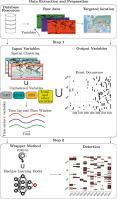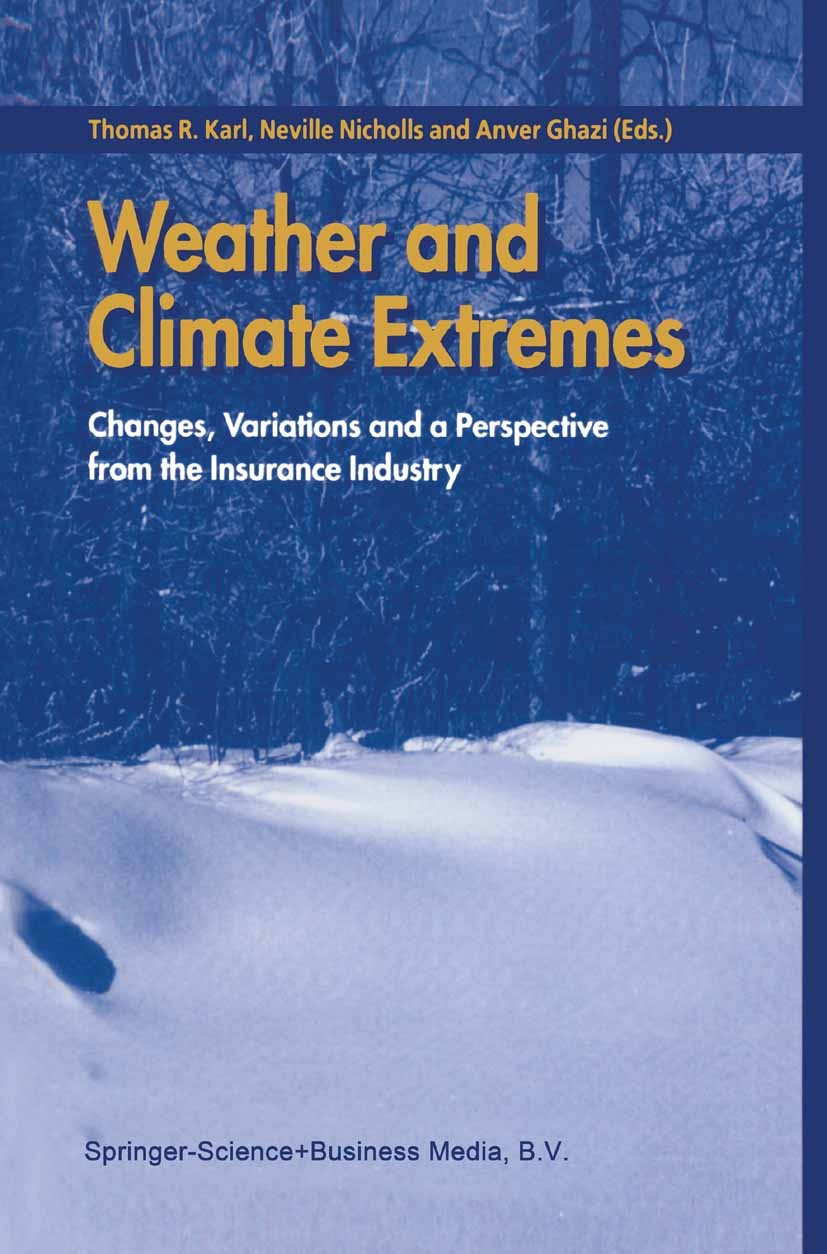Identifying key drivers of heatwaves: A novel spatio-temporal framework for extreme event detection
IF 6.9
1区 地球科学
Q1 METEOROLOGY & ATMOSPHERIC SCIENCES
引用次数: 0
Abstract
Heatwaves (HWs) are extreme atmospheric events that produce significant societal and environmental impacts. Predicting these extreme events remains challenging, as their complex interactions with large-scale atmospheric and climatic variables are difficult to capture with traditional statistical and dynamical models. This work presents a general method for driver identification in extreme climate events. A novel framework named Spatio-Temporal Cluster-Optimized Feature Selection (STCO-FS) is proposed to identify key immediate (short-term) HW drivers by combining clustering algorithms with an ensemble evolutionary algorithm. The framework analyzes spatio-temporal data, reduces dimensionality by grouping similar geographical grid cells for each variable, and develops driver selection in spatial and temporal domains, identifying the best time lags between predictive variables and HW occurrences. The proposed method has been applied to analyze HWs in the Adda river basin in Italy. The approach effectively identifies significant variables influencing HWs in this region. This research can potentially enhance our understanding of HW drivers and predictability.

识别热浪的关键驱动因素:极端事件检测的新时空框架
热浪是产生重大社会和环境影响的极端大气事件。预测这些极端事件仍然具有挑战性,因为它们与大尺度大气和气候变量的复杂相互作用难以用传统的统计和动力学模型捕捉。这项工作提出了极端气候事件中驾驶员识别的一般方法。提出了一种时空聚类优化特征选择框架(STCO-FS),将聚类算法与集成进化算法相结合,识别关键的即时(短期)HW驱动因素。该框架分析时空数据,通过为每个变量分组相似的地理网格单元来降低维度,并在空间和时间域中开发驾驶员选择,确定预测变量与HW发生之间的最佳时间滞后。该方法已应用于意大利阿达河流域的HWs分析。该方法有效地识别了影响该地区HWs的重要变量。这项研究可能会增强我们对人力资源驱动因素和可预测性的理解。
本文章由计算机程序翻译,如有差异,请以英文原文为准。
求助全文
约1分钟内获得全文
求助全文
来源期刊

Weather and Climate Extremes
Earth and Planetary Sciences-Atmospheric Science
CiteScore
11.00
自引率
7.50%
发文量
102
审稿时长
33 weeks
期刊介绍:
Weather and Climate Extremes
Target Audience:
Academics
Decision makers
International development agencies
Non-governmental organizations (NGOs)
Civil society
Focus Areas:
Research in weather and climate extremes
Monitoring and early warning systems
Assessment of vulnerability and impacts
Developing and implementing intervention policies
Effective risk management and adaptation practices
Engagement of local communities in adopting coping strategies
Information and communication strategies tailored to local and regional needs and circumstances
 求助内容:
求助内容: 应助结果提醒方式:
应助结果提醒方式:


